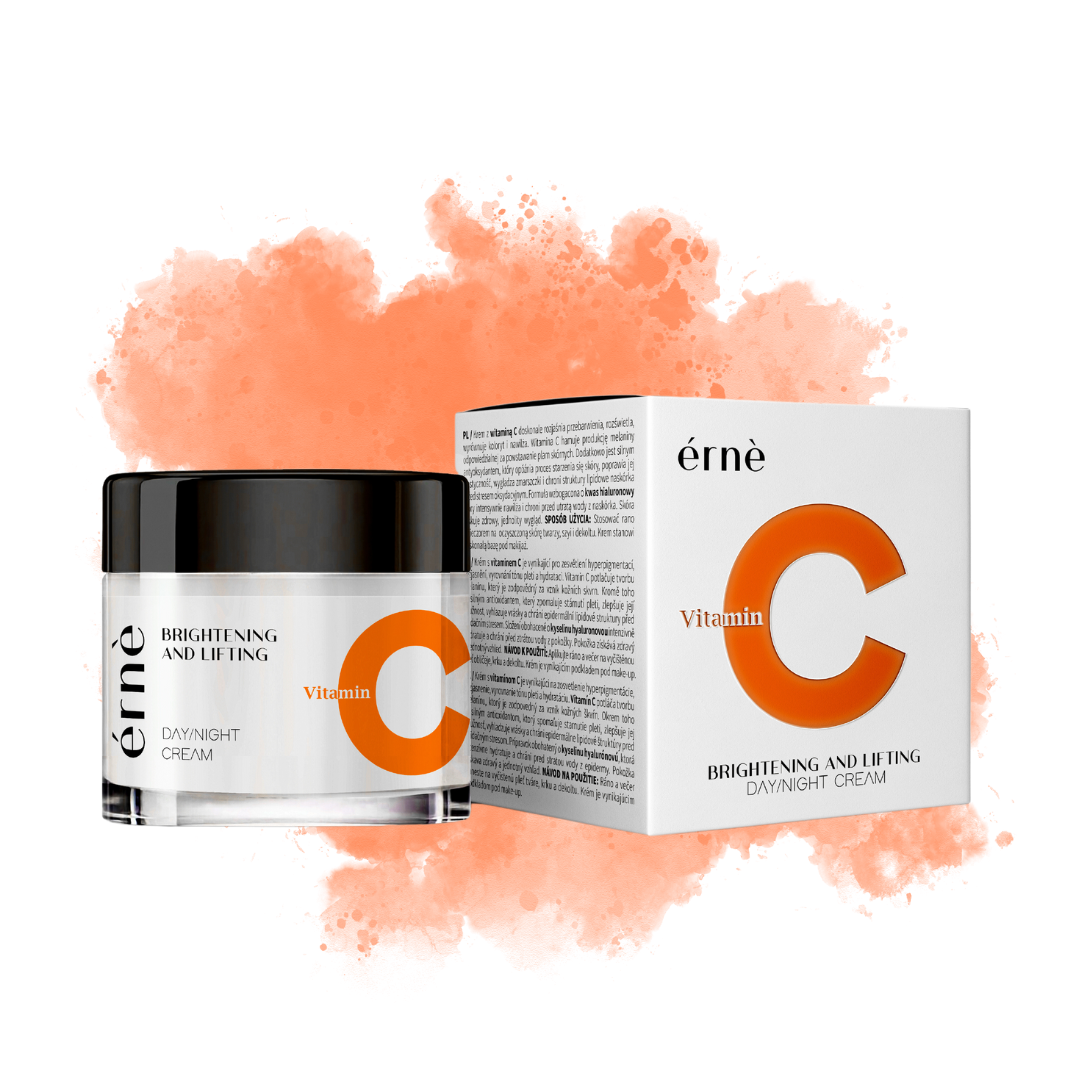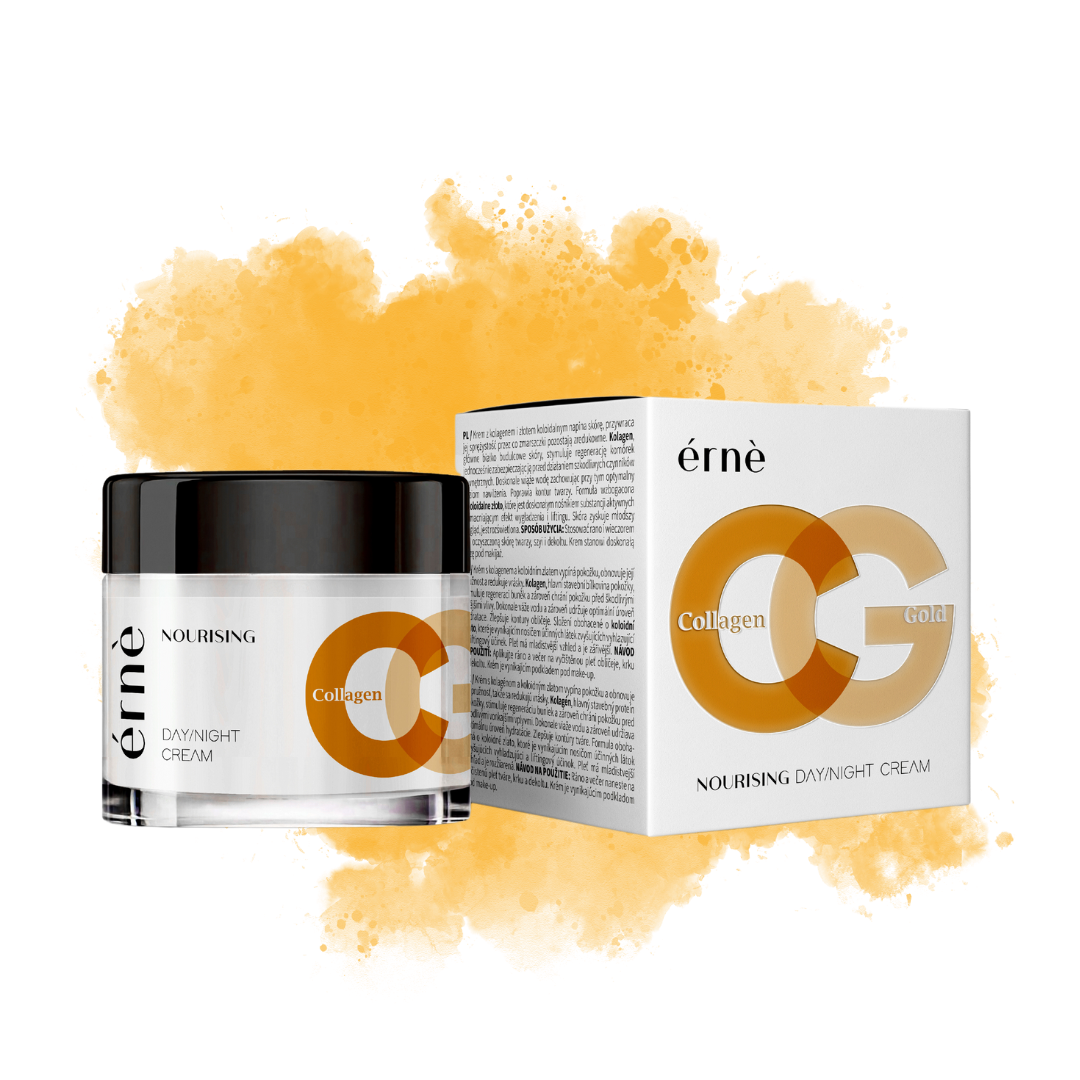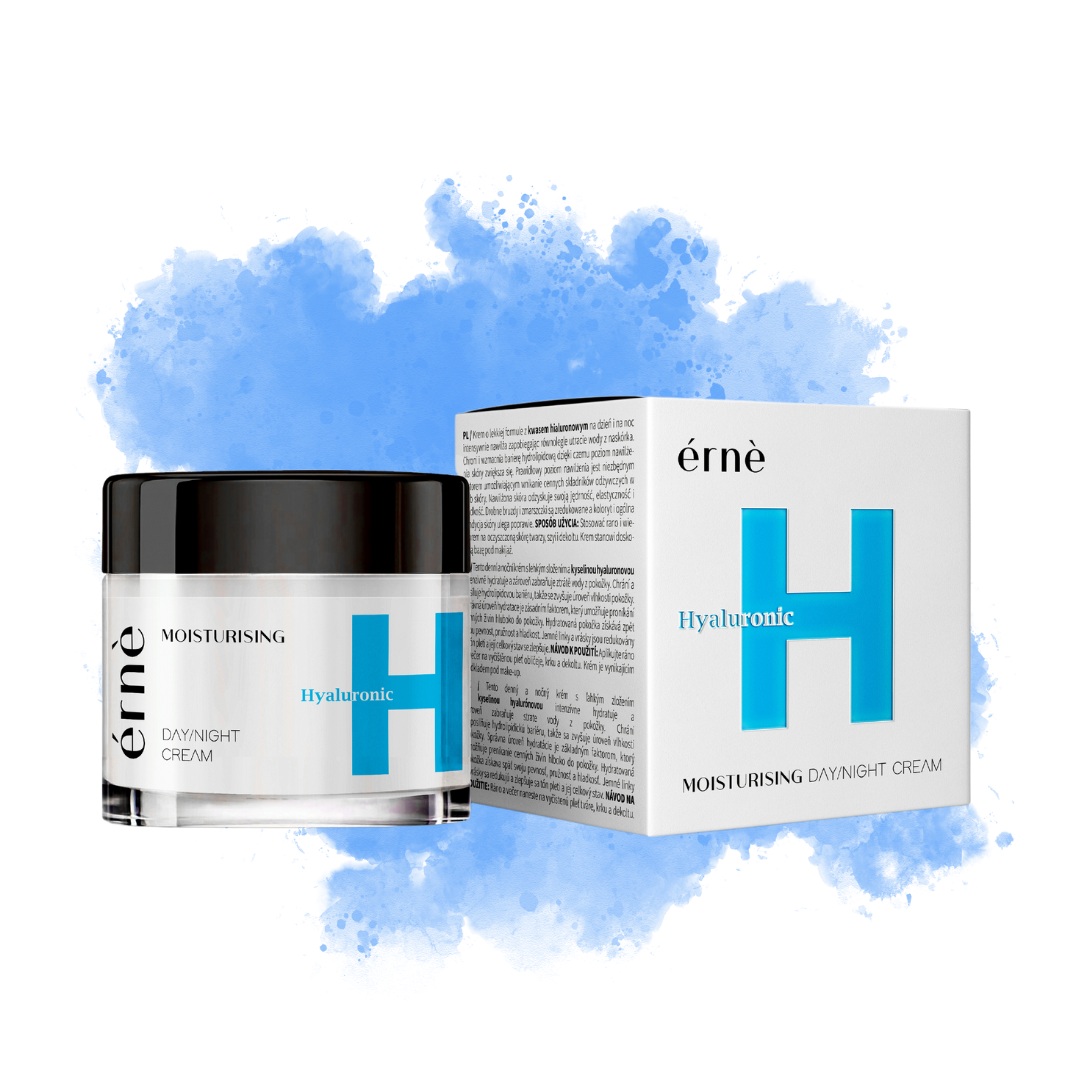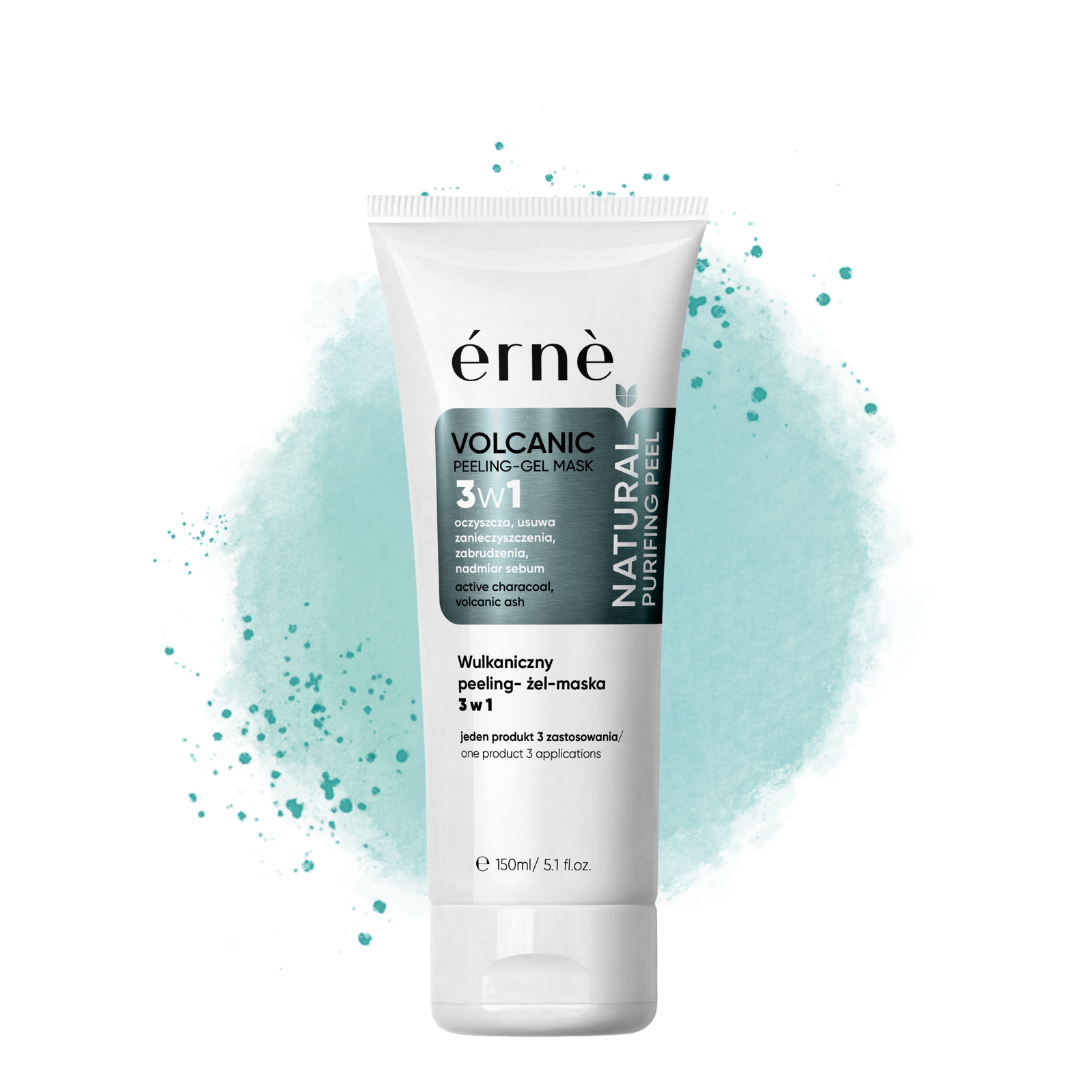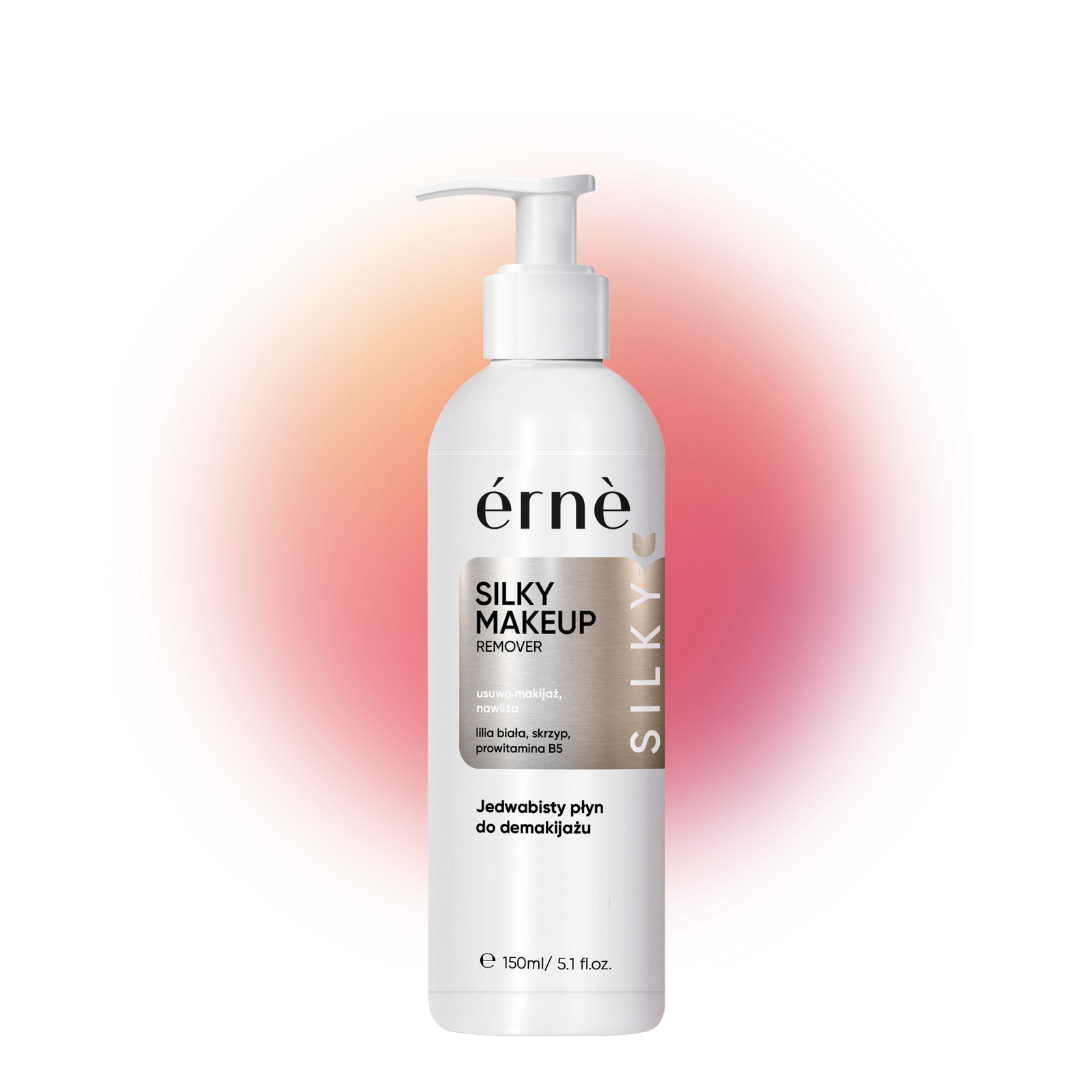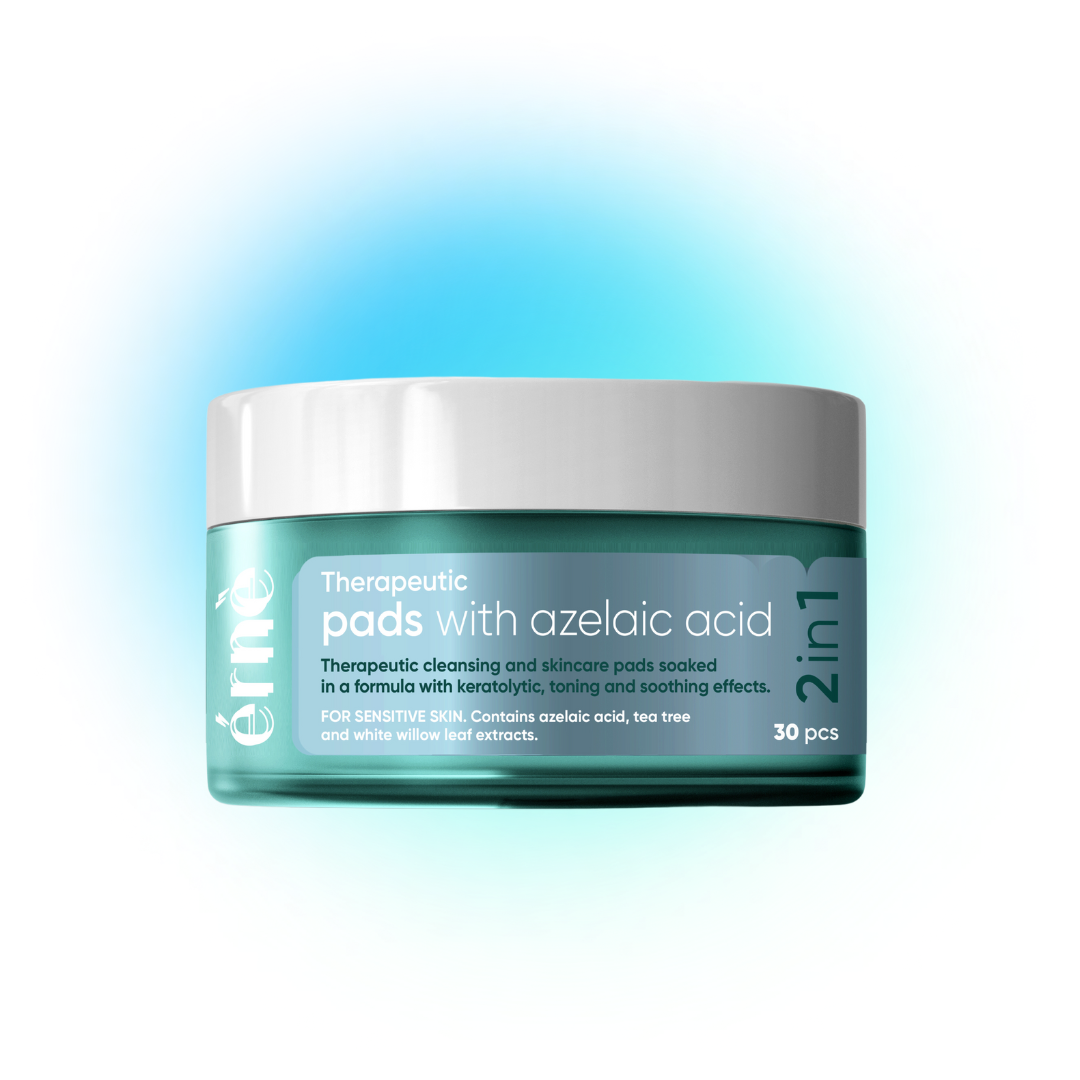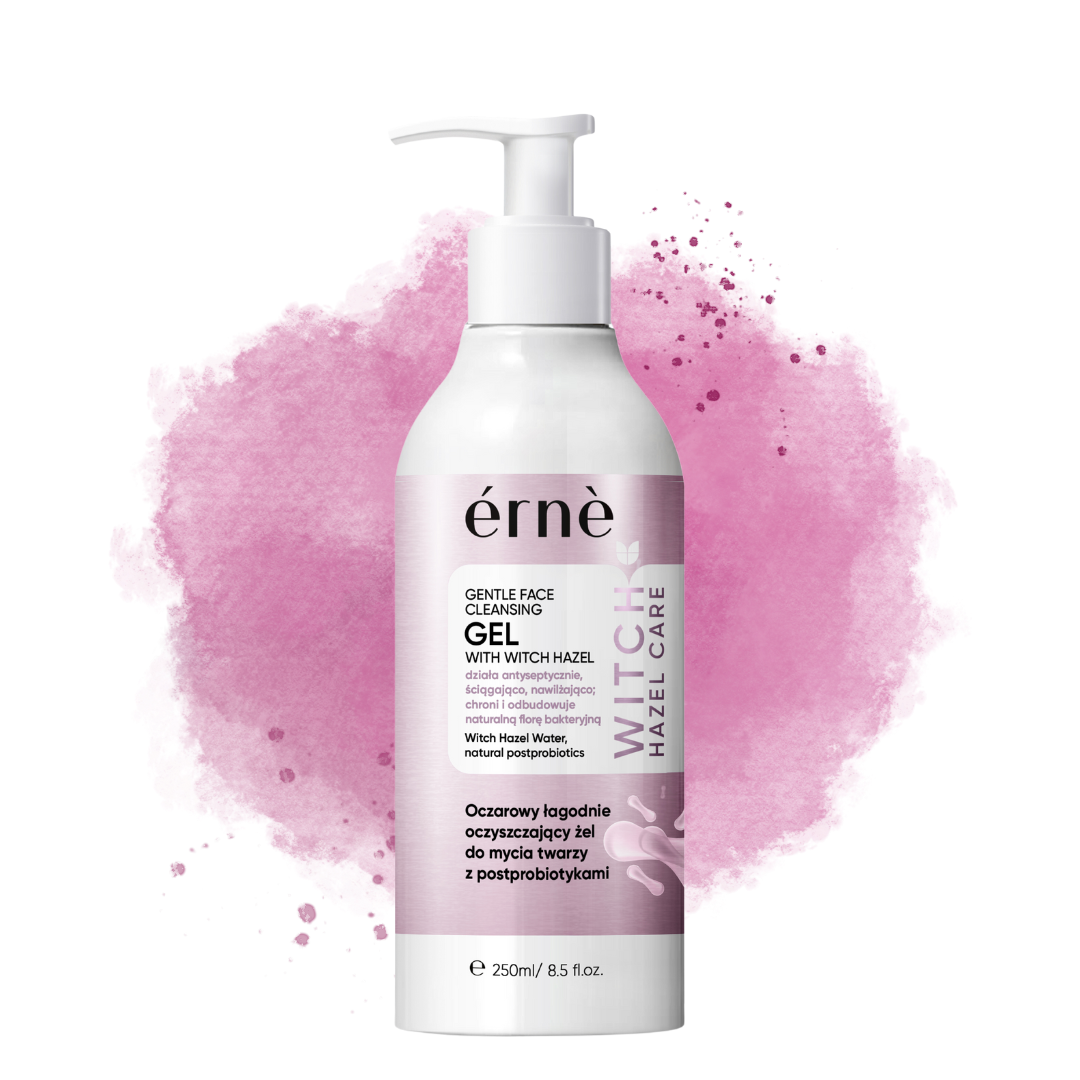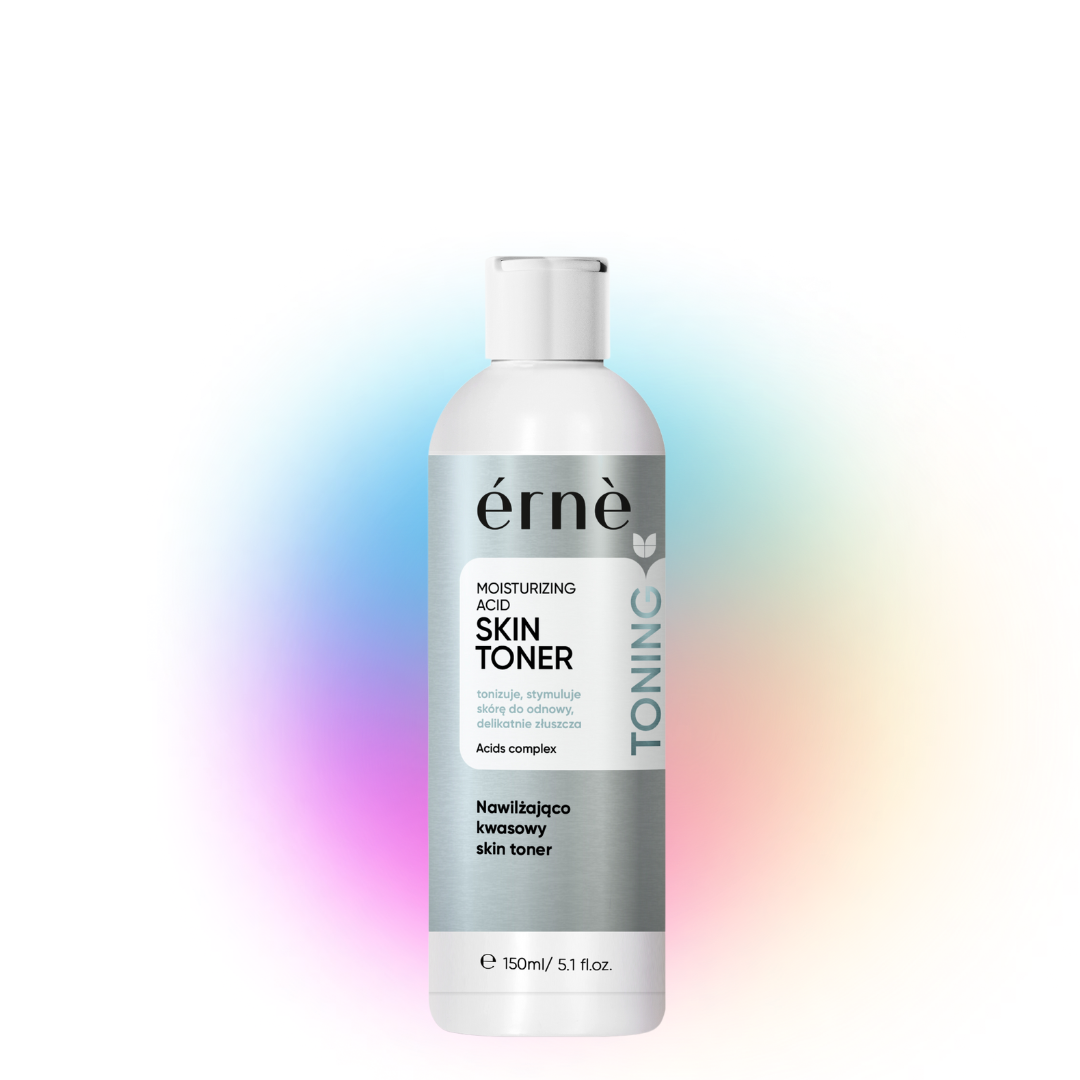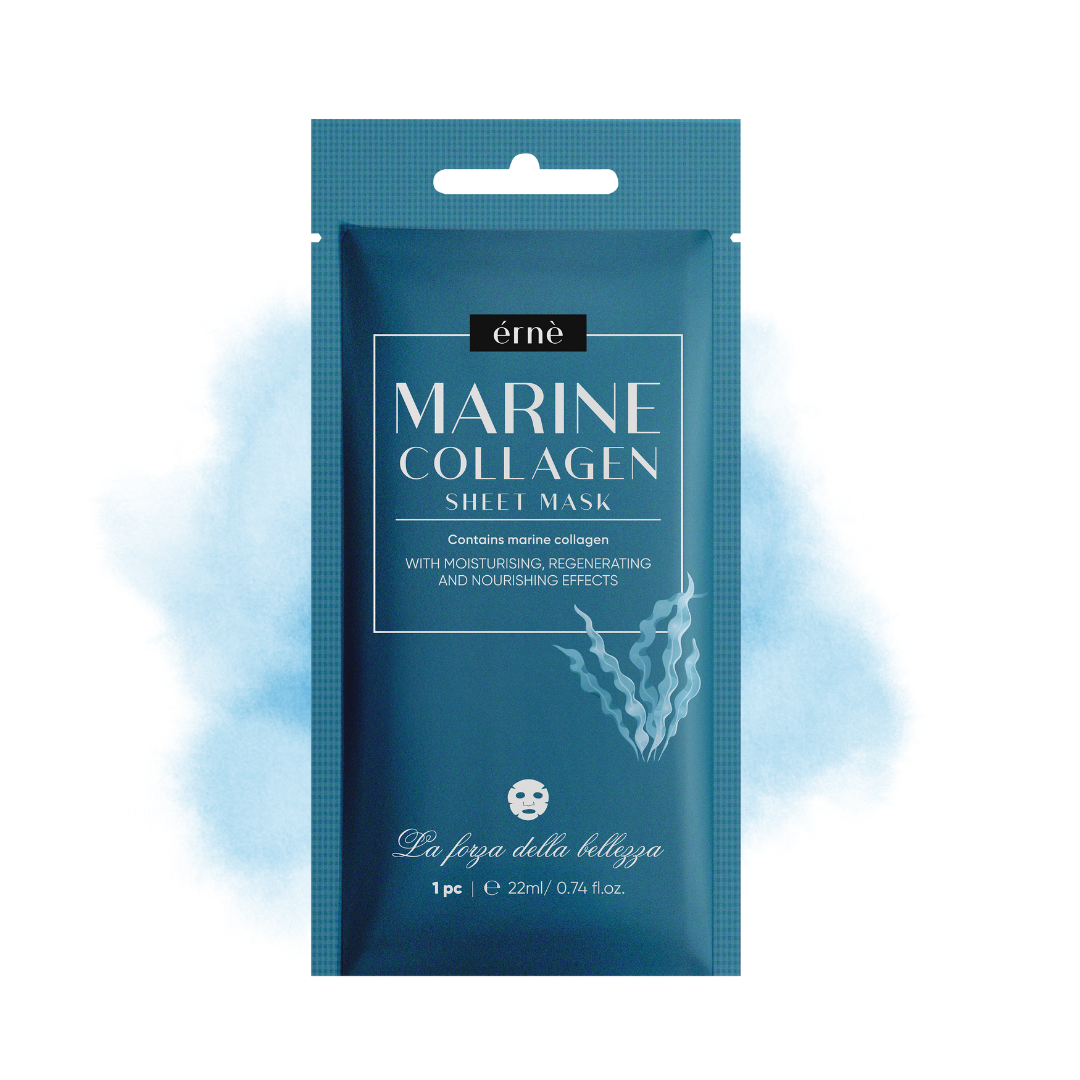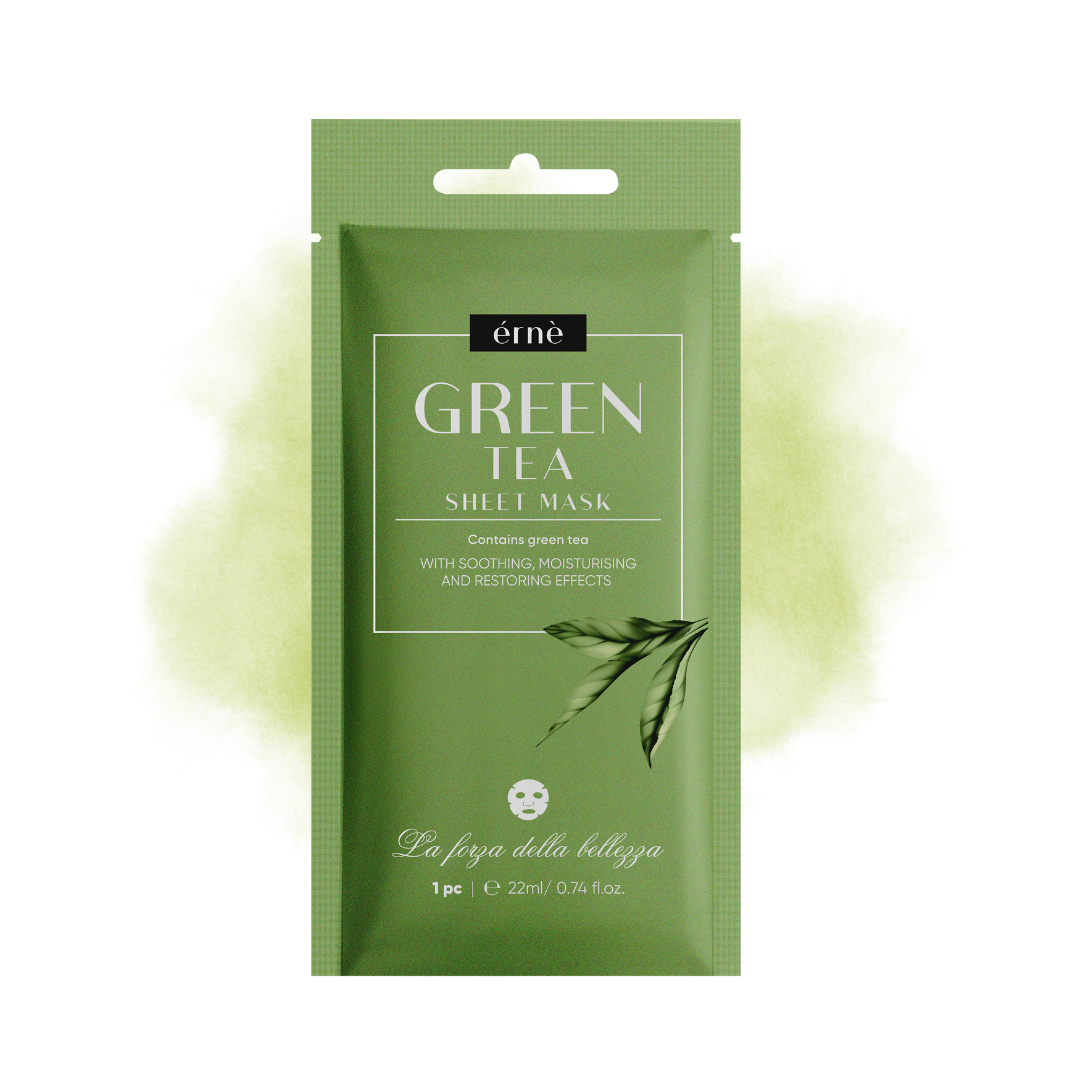Textural Irregularities

Understanding textural irregularities of the skin
Skin textural irregularities refer to unevenness in the skin’s surface, often characterized by roughness, bumps, or an uneven skin tone and texture. Several factors contribute to the development of textural irregularities, making them a common concern.
Common factors causing texturral irregularities
Prolonged sun exposure can lead to the breakdown of collagen and elastin fibres in the skin. This can result in fine lines, wrinkles, and an uneven texture, especially on sun-exposed areas.
Acne breakouts can leave behind scars and textural irregularities on the skin. Picking or squeezing acne lesions can worsen scarring, contributing to uneven skin texture.
As we age, the skin’s natural exfoliation process slows down. Accumulation of dead skin cells can result in a rough and uneven skin texture, making fine lines and wrinkles more noticeable.
Skin conditions like eczema, psoriasis, and rosacea can cause inflammation and textural changes in the skin, leading to roughness and unevenness.
Smoking, excessive alcohol consumption, poor nutrition, and inadequate skincare can negatively impact skin health and contribute to textural irregularities.
Addressing the issue
Understanding the underlying causes of skin dullness is essential for implementing an effective skincare routine. Regular exfoliation, hydration, sun protection, and a healthy lifestyle can help restore the skin’s natural radiance, that is why it is important to look for products rich in hyaluronic, acid (hydration), niacinamide (calming benefits), ceramides (helps the skin to retain moisture and restores skin’s protective barrier).


